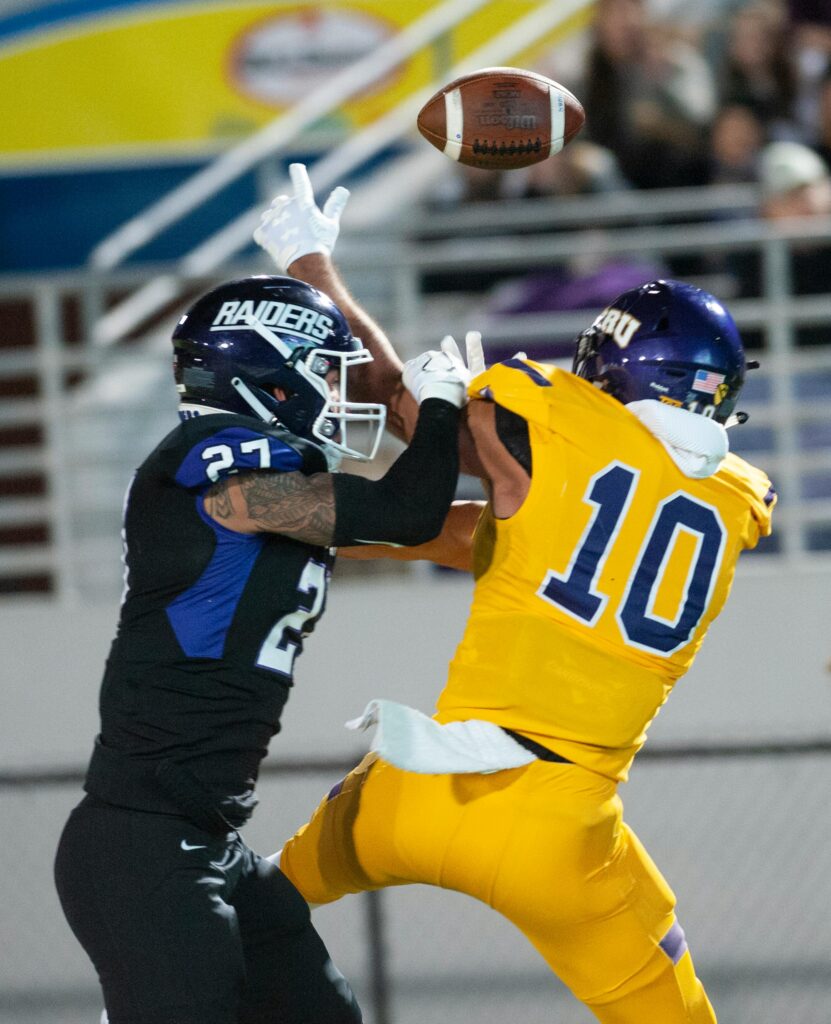Coaching youth football is about more than just teaching the game—it’s about creating an environment where kids learn, grow, and most importantly, have fun. For players aged 6 to 10, a well-structured practice strikes the perfect balance between skill-building and playfulness. In this post, you’ll learn how to create a football practice your young athletes will look forward to every week.
1. Keep Football Practices Short and Structured
To begin with, young players have short attention spans. Therefore, aim for 60 to 75 minutes max. To keep them engaged, break the practice into clear segments:
- Warm-up & stretching (10 min)
- Skills & drills (30 min)
- Team play or scrimmage (15–20 min)
- Cool-down & wrap-up (5 min)
In addition, consistency helps kids know what to expect—and when to expect water breaks.
2. Start Football Practice with a Fun Warm-Up
First impressions matter. That’s why it’s important to get kids moving right away with a game that builds coordination and excitement. For example:
- Sharks and Minnows (focus on agility)
- Relay races (great for speed and excitement)
- Freeze tag with a football twist (carry the ball while tagging)
As a result, these warm-ups set the tone for an upbeat and active practice.
3. Focus on One or Two Key Skills Per Practice
Trying to teach everything at once can lead to confusion. Instead, focus on just one offensive and one defensive skill. Then, let them learn through repetition. In other words, keep instruction brief and action-packed.
For example, you might focus on:
- Throwing and catching
- Proper stance and basic blocking
- Flag-pulling or safe tackling form
This way, your players build confidence through small, consistent wins.

4. Use Drills That Feel Like Games
Whenever possible, turn basic drills into fun challenges. After all, kids love scoring points, racing teammates, and trying to beat the coach. Here are a few examples:
- Cone Touch Challenge – Run, touch all cones, and race back.
- QB Target Toss – Throw through a hoop or into a bucket.
- 1-on-1 Flag Grab – A quick footwork and defensive drill.
As a result, players stay motivated while improving their skills.
5. Keep Everyone Moving
Standing around is the fastest way to lose a kid’s attention. For this reason, design practice so everyone stays involved. For instance:
- Using multiple footballs and stations
- Keeping groups small (3–5 kids max)
- Giving kids roles when they’re not directly in a drill (like shagging balls or cheering teammates)
6. End with a Scrimmage or Favorite Game
Even just 10–15 minutes of team play lets kids feel like “real” football players. Rotate positions so everyone gets a chance to try something new. If scrimmaging isn’t feasible:
- Play “Coach Says” (football version of Simon Says)
- Let kids run 1v1 or 2v2 plays to see how they apply what they learned
7. Wrap Up With Positives
End practice on a high note:
- Gather the team and ask “Who had fun today?”
- Call out 2–3 kids who showed hustle or teamwork
- Leave them with a fun challenge to try at home (e.g., practice 10 perfect snaps with a parent)
For kids 6–10, fun and fundamentals go hand-in-hand. A focused, engaging practice not only builds football skills but keeps kids coming back week after week. The goal isn’t perfection—it’s progress and joy in playing the game



